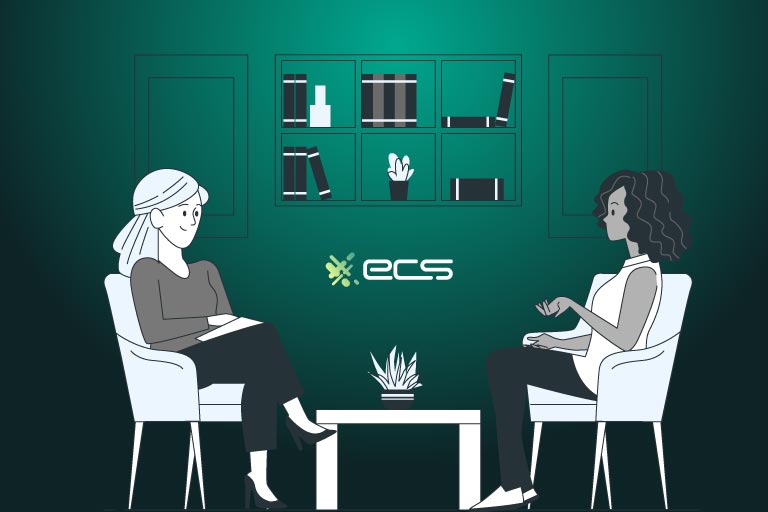Healthcare providers go into healthcare because they want to provide patient care. They are (usually) not interested in the business aspects of running a practice. One of these responsibilities involves collecting payments, which is necessary for healthcare providers despite their altruistic nature. Although we hope health insurance will cover all expenses, it often doesn’t, leading to the need to collect copays from patients. So, how do you select the best healthcare payment processor for your practice?
More Expenses, More Payments To Collect
The amount of Americans enrolled in high-deductible plans is increasing. Around 55% of Americans have enrolled in such a plan, as opposed to just 30% in 2013. The reasons are understandable. Higher deductibles mean lower monthly premiums, which is better for Americans living paycheck to paycheck.
But this means higher copays and more out-of-pocket expenses. Around 20% of patients will have out-of-pocket expenses over $1,000, while 8.2% will have over $2,000 in such expenses. Although the number varies based on age, the average American worker accumulated $1,763 in healthcare expenses in 2023.
This all means that you will be responsible for collecting a portion of the cost of care. Credit and debit cards are the easiest and most preferable way for patients to pay. You will need a payment processor, ideally a healthcare payment processor. This type of payment processor provides the hardware and software for collecting card payments.
Let’s look at some considerations to weigh when looking among the options of credit card companies for healthcare. Selecting a POS system for medical offices is not just about the payment technology. It is also about adhering to HIPAA compliance, connecting with insurance companies, and integrating with your practice’s medical records system.
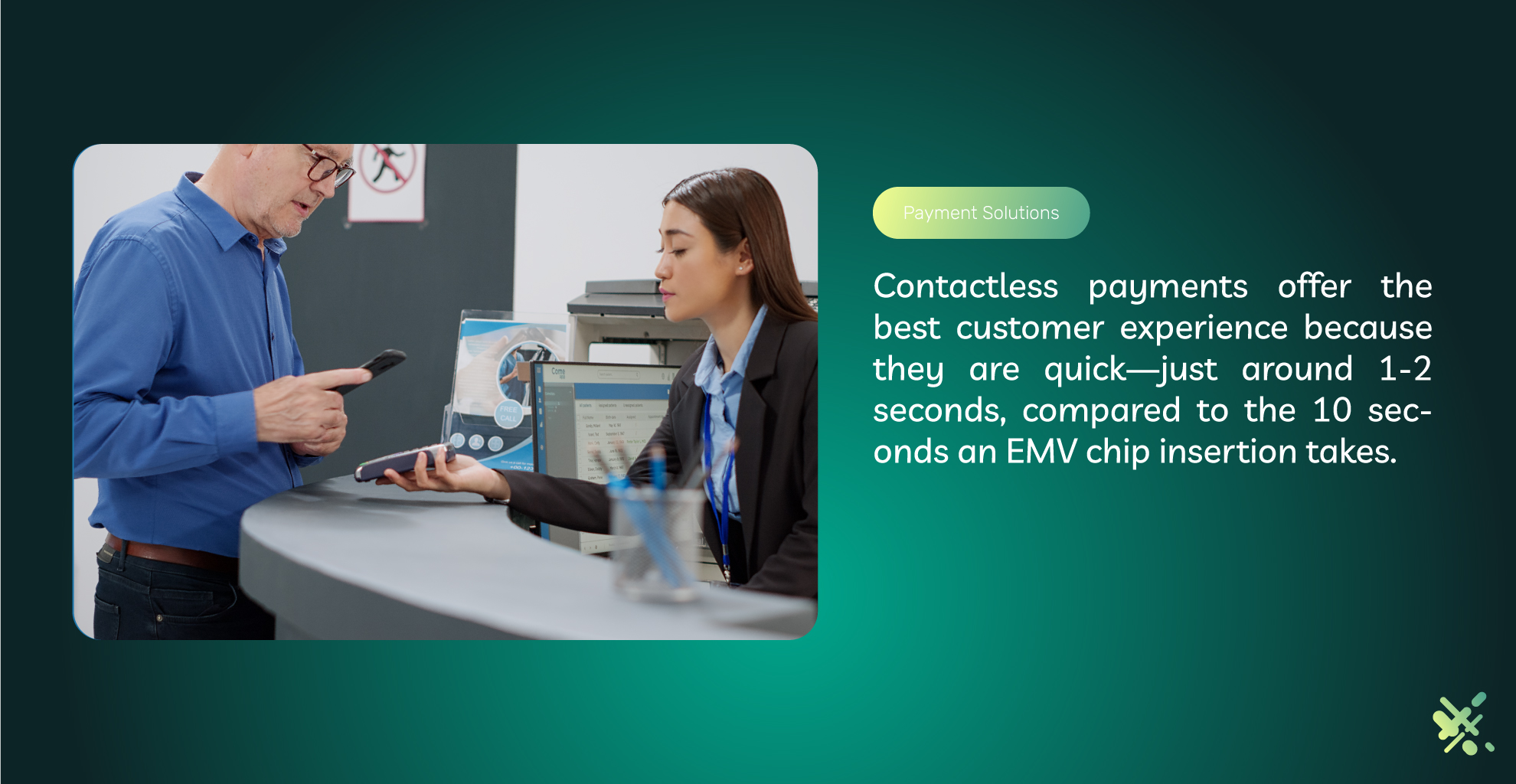
Can Collecting Payments Be Contactless?
Many providers use legacy healthcare payment systems to accept payments. They expect patients to pay by handing over their credit or debit cards to a receptionist. The receptionist swipes it through a machine or sometimes takes an imprint to run batches of payments at the end of the day. As the healthcare industry has a captive audience, there is perhaps little incentive to evolve in taking credit card payments.
But remember that patients are also consumers or customers. Outside your healthcare practice, they expect the point of sale to be a streamlined, instant experience. Visa and Mastercard are phasing magnetic strips out of existence by 2033. And while EMV chip insertions are a more recent (and more secure) technology, they’ll likely be supplanted entirely with contactless payments.
Contactless payments offer the best customer experience because they are quick—just around 1-2 seconds, compared to the 10 seconds an EMV chip insertion takes. Contactless payments are also secure, using short-range radio waves to communicate the payment information. The information is encrypted with a unique algorithm for every transaction, making it incredibly secure (because any information that could be stolen is worthless moving forward).
And finally, as it’s most relevant to healthcare organizations, contactless payments are clean and hygienic. While the potential danger of illness from a POS terminal may be negligible, patient consumers certainly think otherwise. Mastercard found that 85% of consumers believe contactless payments are a cleaner way to pay. This can build a positive impression of your practice as one that values hygiene.
Can The Patient Pay in Installments?
Consumers increasingly find themselves living paycheck to paycheck. Additional expenses like copays and out-of-pocket medical care create financial difficulty. In fact, a Gallup Poll found that 38% of Americans in 2022 actually skipped some form of medical care due to concerns about its costs. Although this number varies from demographic to demographic, the average increased by 12 percentage points from 2021.
Things are getting tighter, but the state of health in our country is not improving either. Excess mortality rates in the United States have actually increased since the COVID-19 pandemic, a frightening statistic that reflects copious health problems with heart disease, diabetes, hypertension, obesity, and mental health challenges as well. Americans need more medical care than ever but have less money to pay for it.
The result is volumes of medical debt. Kaiser found that 23% of Americans have medical debt. 6% have more than $1,000 in medical debt, while 1% have more than $10,000. Combined with the already extant mortgage debt, student loan debt, car loan debt, and credit card debt that most consumers have, medical debt can become the straw that breaks the camel’s back.
This is where healthcare payment processing companies can help. If your health payment solution can offer patients a payment plan, you can provide the care they need without them having to weigh whether or not they can pay for it. There are multiple ways to go about creating payment plans. One way is point-of-sale financing.
Retailers typically use POS financing. It is not the same as a store credit card, which would be something like CareCredit in the healthcare industry. Rather, the payment processor and their lending partner facilitate a POS loan.
Approval is much easier and, in some cases, does not involve checking the customer’s credit. The healthcare payment processor pays you (the provider) within 48-72 hours, and the patient is then responsible for making their payments to the lender.
Not all healthcare credit card processing companies offer this type of fintech solution. If you can find one that does, this will allow you to provide patients with more flexibility in terms of payment. You will also be able to treat more patients. Surveys have found that 42% of Americans are interested in using BNPL (buy now, pay later) options, and 10% already regularly use them.
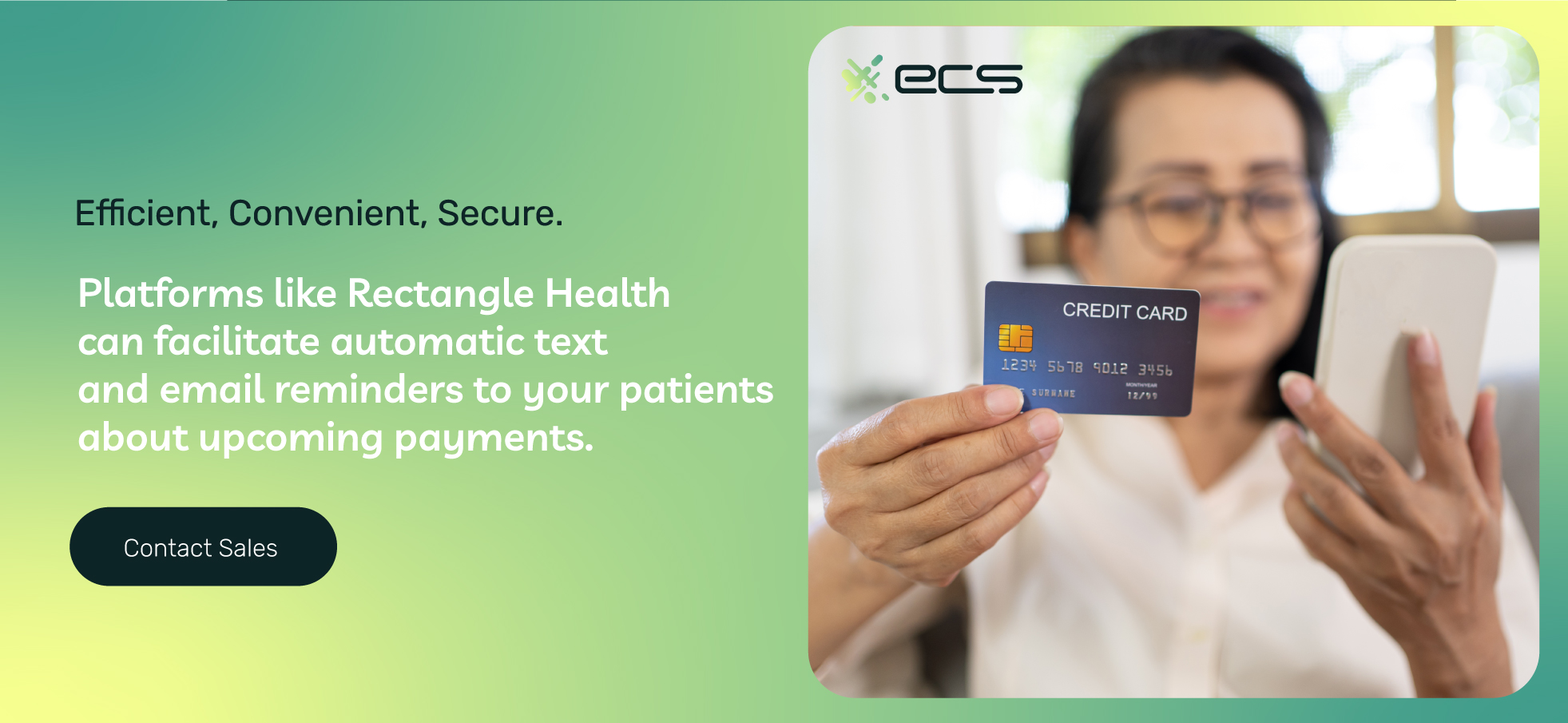
Will You Be Able To Collect Payments Easily?
Many practices allow the patient to walk away from the point of care (e.g., the visit) with the understood promise to pay later. The doctor will send a bill, and the patient will pay it. If any other type of business did this, they’d be out of business. Of course, you expect patients to pay, and many of them genuinely want to.
The problem is that the law provides some heavy protection for consumers around medical debt. They view it as something they can put off in favor of paying off other forms of debt. That doesn’t do much for you though, does it? The result is that healthcare practices write off significant amounts of “bad debt,” or debt they cannot collect.
The number is astronomical in corporate contexts. Some hospital chains report hundreds of millions of dollars in bad debt. These hospitals might be able to reduce the impact of this bad debt through grants and fundraising.
However, a smaller healthcare practice cannot rely on these methods. Bad debt might be a great tax write-off, but only up until a certain point. Once again, this is where a healthcare payment platform comes into play.
Platforms like Practice Management Bridge can facilitate automatic text and email reminders to your patients about upcoming payments. This way, you can avoid sending paper bills that patients tend to ignore—not to mention that paper invoicing also has its own costs.
These types of platforms can also assist in creating payment plans. These payment plans are not like the POS financing, or BNPL mentioned earlier, but rather an actual payment plan where the patient is responsible for making regular payments. There is a slight degree of risk here, as the customer will be making payments over time. However, the payment processor can mitigate this risk in several ways, in addition to sending reminders.
Can You Collect Online Payments and/or Set Up Recurring Payments?
U.S. Bancorp found that 82% of patients prefer to pay their medical bills online. A great degree of convenience and privacy is afforded by making online payments instead of calling them in. For starters, patients who call in their payments must do so during the practice’s hours. Although it seems negligible, this may deter some patients from making a payment.
Take, for example, a patient who is at work. They figure that during their lunch hour, they will call your practice and make their regularly scheduled payment. But when they call, it’s also the lunch hour for your receptionist.
Mildly frustrated, the patient figures they will call after work. But it turns out your practice is closed for the day. They’ll make the payment tomorrow. Or will they? Something else comes up in the evening, and they shuffle your paper invoice into the abyss.
No problem with online payments. The patient can go online right from their computer or phone. They can do this at any hour or on a weekend. To sweeten the pot, Practice Management Bridge can also help you set up text-to-pay.
With T2P, patients receive a payment link via text and click over to a payment gateway. Text messages have a 45% response rate, and the average response time is 90 seconds. This is much better than any other channel, including email and paper mailing.
T2P reminders (joined with email and even continued paper billing) can gently hit the patient with several reminders to get that payment in. This will greatly improve the amount of money you collect and reduce your bad debt.
Even better, you can use your healthcare payment processor to set up recurring payments with a debit card, credit card, or ACH payment. Practice Management Bridge offers the ability to do this pre-care, point-of-care, and post-care. For instance, you could request to collect payment information before the visit when the patient is filling out their paperwork.
Can A Healthcare Payment Processor Facilitate Medical Record Keeping?
This brings us to another question you will want to consider. Can your healthcare merchant services account integrate with your medical records systems? This can eliminate significant manual work, going back and forth between the charts and your billing suite. Integrations can also eliminate costly errors that back up the insurance billing process.
One of the best things about Practice Management Bridge is that you don’t need to change your existing medical records system. Migrating patient data to a new system can be expensive or time-consuming. Some healthcare payment processors cannot integrate with your current system and will require migration, but Practice Management Bridge does not.
Another great thing about Practice Management Bridge vis-a-vis patient info is that it can provide digital paperwork for your patients. Patients can fill out forms before a visit, in the waiting room, or afterward. This can improve the patient experience; patients will not need to rush through paperwork in the office but can fill it out at a convenient time.
Many patients find it frustrating to fill out a form, then speak to a nurse or resident, and then the doctor, repeating the same information multiple times. Digital forms can get this information into your system, streamlining the process and improving patient experience. As mentioned, the forms can also accompany a payment page, so the patient can pay when it is convenient. Moreover, you can encourage the patient to provide payment information before the visit.
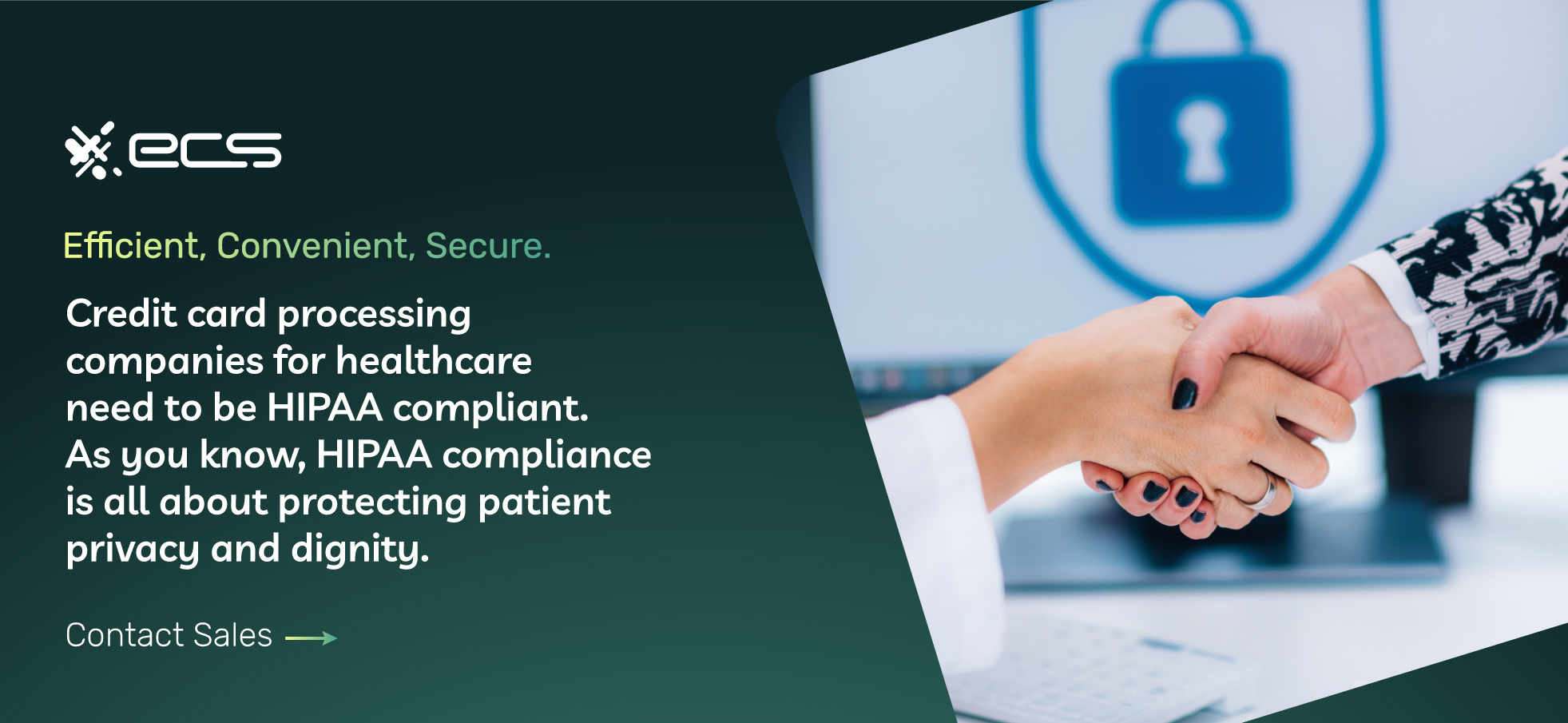
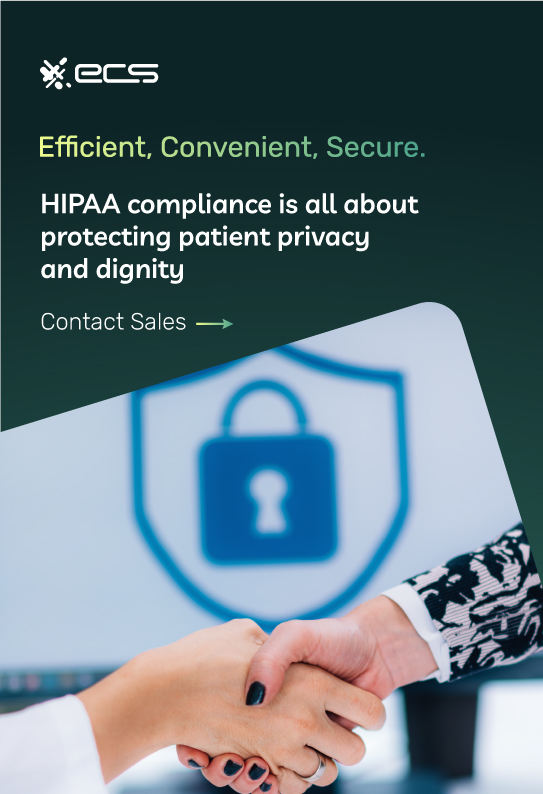
Are The Healthcare Patient Payments HIPAA Compliant?
Credit card processing for medical practices has additional considerations that other businesses don’t need to consider. One of them is patient privacy. Credit card processing companies for healthcare need to be HIPAA compliant. As you know, HIPAA compliance is all about protecting patient privacy and dignity.
HIPAA compliance has many components, but in broad strokes (as they relate here), you must communicate with or about patients through secure channels. Moreover, practitioners cannot give out patient information without patient approval. This includes transferring patient records from one place to another or billing insurance providers. It also includes communicating about the patient within your office or with the patient.
You can call and email patients with their approval. But you cannot call, email, or text others about your patients. This can impact processing patient payments when you need to refer to specific billing codes or discuss the particulars of a visit. HIPAA-compliant payment processing takes these concerns into account.
You can securely store information about the patient. This doesn’t just include patient financial information but medical information as well. For example, the transfer of information from the patient-facing forms mentioned above to your practice will be securely encrypted during the transfer. Encryption garbles the information until the intended party decodes it.
There are other components to HIPAA-compliant credit card processing. One of these is your hardware. A HIPAA-compliant POS uses the latest contactless, EMV, and encrypted technology instead of magnetic stripe readers.
HIPAA compliance also means having Business Associate Agreements in place with the vendors you do business with: these covered entities include banks, clearinghouses, and other parties that service HIPAA payment processing. Practice Management Bridge can provide HIPAA-compliant electronic payment in terms of the parties that service your transactions.
Can the Healthcare Payment Services Prevent Fraud?
In a related vein to protected health information (PHI), you will also want to ask about fraud prevention. Credit and debit card transactions can become a nexus for attracting fraud. The obvious reason is that criminals want to take card numbers and use them for fraudulent purchases.
To prevent fraud, healthcare payment software should anticipate data breaches with firewalls, proxy piercing, and other cutting-edge technologies. Firewalls and proxy piercing, for instance, are tools for thwarting online fraud. Your healthcare payment technology should manage all the IT services needed to secure your payment gateways so that your practice is PCI DSS compliant.
PCI DSS stands for Payment Card Industry Data Security Standards. These standards set forth by Visa and Mastercard define how businesses need to secure card transactions. Some of the rules are easily in “your court,” so to speak, such as not using public Wi-Fi networks to access your cloud-based software. However, other parts of PCI compliance are cost-prohibitive to small businesses and best shouldered by a payment processing solution.
You must adhere to PCI DSS compliance measures if you store patient data for future visits, annual practice fees, or as part of a payment plan. For instance, your practice management bridge should not display the entirety of a stored card number and certainly not other information like the CVV or expiration date. The receptionist only needs enough access to this information to discuss payment with the patient, such as the last four card numbers.
Easy access to this information can aid an unscrupulous receptionist or even a patient who has snuck back behind the counter to obtain a card number fraudulently. While it’s hard to believe, this type of thing does happen—such as a receptionist who stole about $44,000 from 76 patients by using her own Square account to process payments.
An updated healthcare payment system could have thwarted this fraud in a few ways. For starters, contactless payments mean that the customer taps their card on the POS instead of handing it over. Rather than receptionists, customers input online payments themselves. And integrations with accounting, insurance, and medical record keeping would have alerted the practice sooner.
Is The Payment Processor Using the Most Advanced Technology?
We have already touched on hardware, but there are additional things to consider. Mobile payment processing is one of them. With mobile payment processing, you can bring a terminal into the room or your office with the patient and have them pay there. This can preserve their privacy and dignity, and they can leave without stopping at the front counter in the waiting room.
There is no need to stand in front of the receptionist at checkout and discuss the payment. For plastic surgeons, for instance, patients might appreciate this when they do not want to take any chance of someone overhearing how much they spent.
It can also be a matter of patient convenience. Dentists, for example, might find it convenient to collect payment before or right after a procedure so a numbed-up patient does not have to fumble with their wallet or phone on the way out. Pediatricians can also collect payment from parents, who can walk right out of the practice instead of attempting to clutch a screaming child while paying at the front desk.
Mobile payments could also be a convenience for you if you are short-staffed. Back office staff can collect payment in the exam room so that receptionists are free to assist incoming patients. This is similar to how restaurants use mobile terminals to speed up settling the tab and turn over tables; in your case, you are looking to turn over exam rooms and keep the waiting room from getting congested.
Yet another exciting payment technology is QR codes. Smartphone users scan the QR code image with their camera, click on the link that pops up, and complete their payment on an online payment gateway.
You can even put QR codes on paper bills to facilitate online payments. You can also post them on signage in the exam or waiting rooms. For instance, a QR code can prompt patients to scan it and head to a payment portal.
Once there, they can input their last name or some other identifying feature (invoice number) to access their billing statement and pay their bill. These codes offer more flexibility regarding patients making their payments right from their mobile devices and using the cards stored in their mobile wallets.
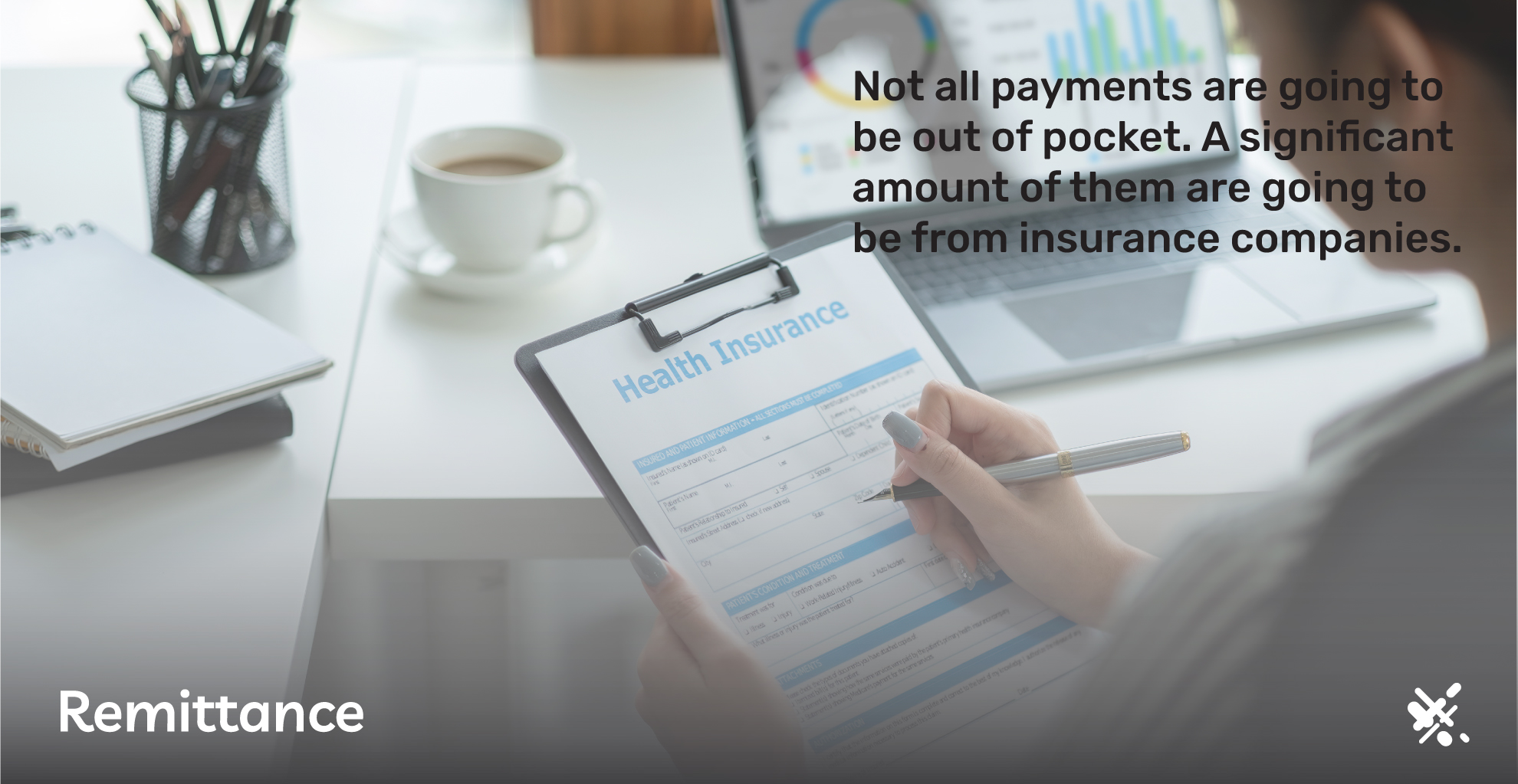
Does the Healthcare Payment Processor Facilitate Remittance?
Not all payments are going to be out of pocket. A significant amount of them are going to be from insurance companies. It is true that some practitioners do not take insurance, and they have their reasons for that. But the many who do will need a healthcare payment system that facilitates things like remittance.
Remittance, of course, is the money that the insurance company will send you, the practitioner, in compensation for care rendered. The thing about these payments is that they are not cleanly bracketed into separate payments. The insurance company will often send them in lump-sum batches after collecting dozens or hundreds of 837s from your practice.
There is no way to parse out all the visits and services included in a payment other than lining it up with your accounting statements and medical records. If your healthcare payment processor integrates with these suites, this can be very easy to untangle. If it isn’t, you’d better order some take-out for your receptionists because it will be a long night.
This is why you want to ensure the company providing health payment services integrates well with the insurance networks so that it becomes easier to do an accounting of your remittances. Practice Management Bridge, for instance, has the right relationships in place to make this easy.
Healthcare Payment Processing Wrap-Up
Remittances, hardware, security, HIPAA, installments, recurring payments, integrations—these are just a few of the questions you want a healthcare payment processor to address. But in concluding our survey on how to pick the best healthcare payment processor, let’s consider one more thing: customer service. Not the service you provide your patients but how the processor serves you.
You want to work with a healthcare payment processor who is transparent about pricing and who answers all your questions. You want them to have a dedicated account manager whom you can reach via phone or email. Faceless overseas customer care departments like those offered by Square, PayPal, and Stripe are not good for small business owners.
As a healthcare practitioner, your practice falls into the small business category. With limited backend resources to troubleshoot technology issues (as they come up), you need some hands-on care. Platforms like Practice Management Bridge pride themselves on their customer service. They have account managers who are point people for addressing issues with the payment system.
In addition to all the features mentioned above, which are indeed important, one overarching consideration is the company culture of the payment processor. Working with a processor that is transparent, available, and familiar with your industry is priceless (to paraphrase Mastercard). As mentioned, Practice Management Bridge is dedicated to these values and is familiar with the healthcare industry. To learn more about what Practice Management Bridge can do for your medical facility, contact us or fill out the form below.
Frequently Asked Questions About Picking the Best Payment Processor For Your Practice
When choosing a healthcare payment processor, consider ease of collecting payments, contactless payment options, the ability to offer payment plans to patients, seamless online payment collection, integration with medical records systems, HIPAA compliance, fraud prevention, advanced payment technologies, and facilitation of remittance for insurance payments. Contact ECS Payments to learn how we can boost your business with Practice Management Bridge.
Yes, not only do payment processors need to be and offer PCI compliance, they also need to facilitate HIPAA compliance to protect patient privacy and data security. HIPAA compliance ensures that all patient information is handled securely in accordance with the law. To do this, healthcare payment processors use secure communication channels, data encryption, and follow specific regulations for handling patient and cardholder information. To learn more about how ECS Payments excels in compliance and security, contact us today.
Healthcare can be expensive, but it’s an expense we can’t avoid, even for those with financial difficulties. Paying for medical care upfront can be challenging. Healthcare payment processing companies can offer assistance with patient payment plans. These plans, such as point-of-sale financing and monthly installment plans make it easier for patients to afford their necessary care. To learn how to integrate payment plans and patient financing into your practice, contact ECS Payments.
Advanced payment technology, such as mobile payments, contactless payments, and QR codes offer convenience for both patients and healthcare facilities. Mobile payments and QR codes enable patients to pay from their mobile devices online, preserving their privacy and enhancing convenience. Contactless payments, which use short-range radio waves for secure transactions, provide a hygienic, quick, convenient, and secure payment method. These technologies can improve the efficiency of healthcare practices by reducing waiting times and paperwork and enhancing the patient experience. ECS Payments is a one-stop shop that offers all advanced technologies to our merchants. Contact us today to upgrade your payments.
